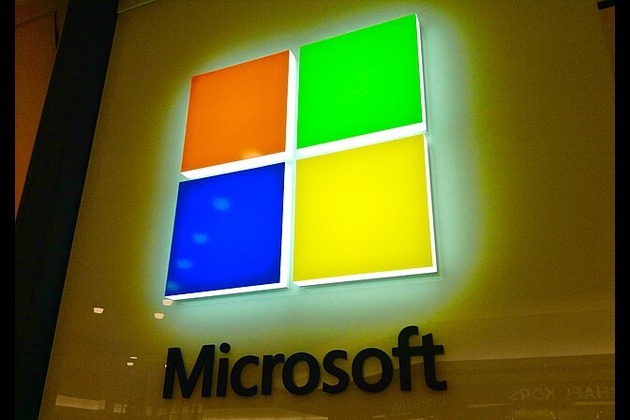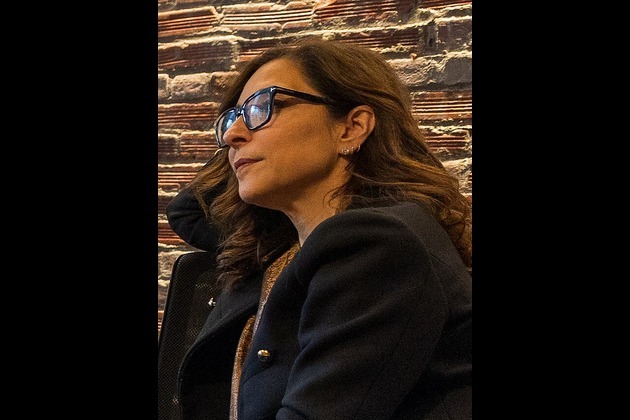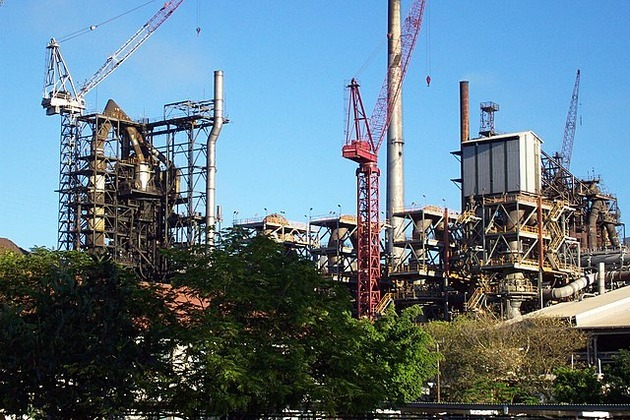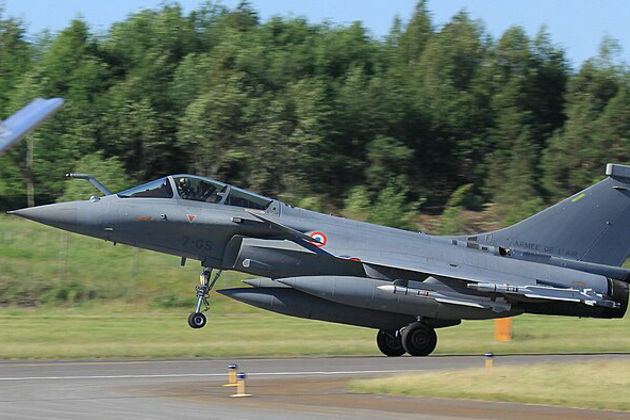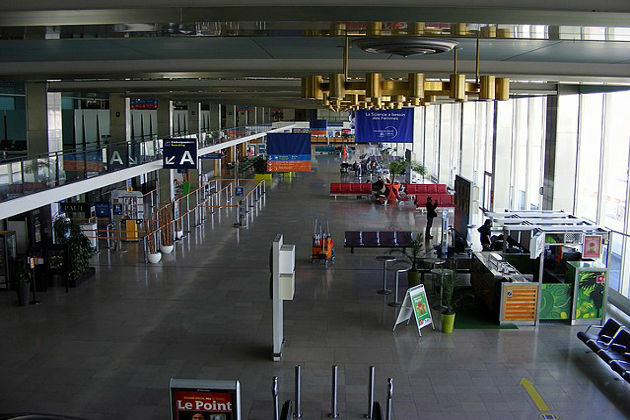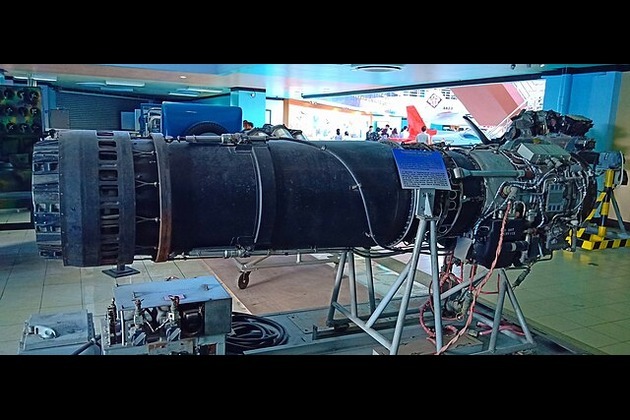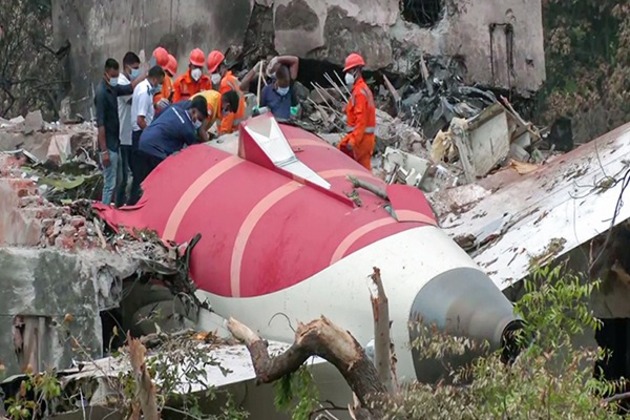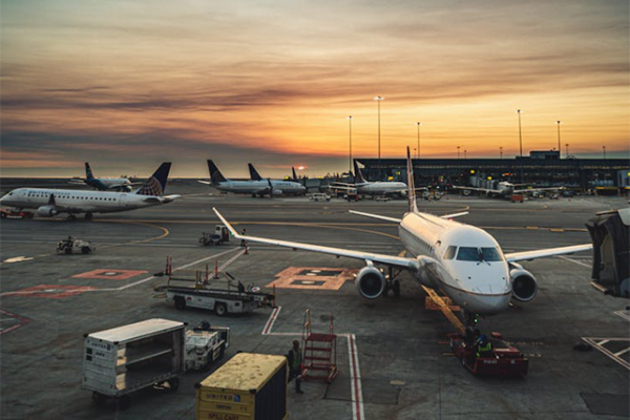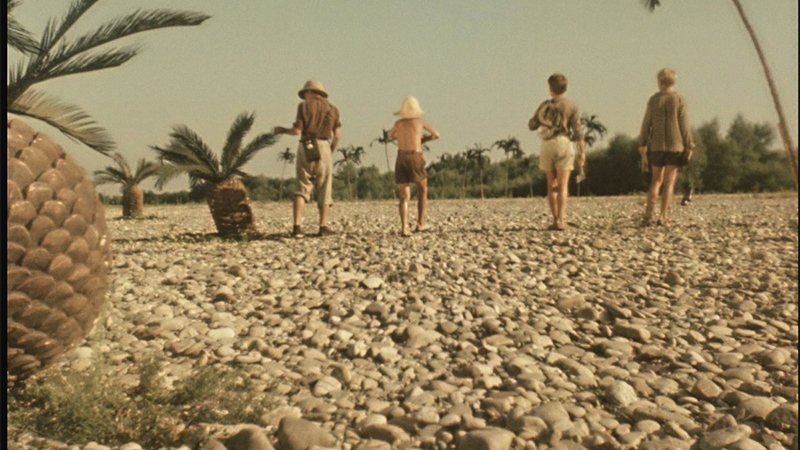Moscow in the early years of Soviet power
RBTH
26 Sep 2020, 14:24 GMT+10
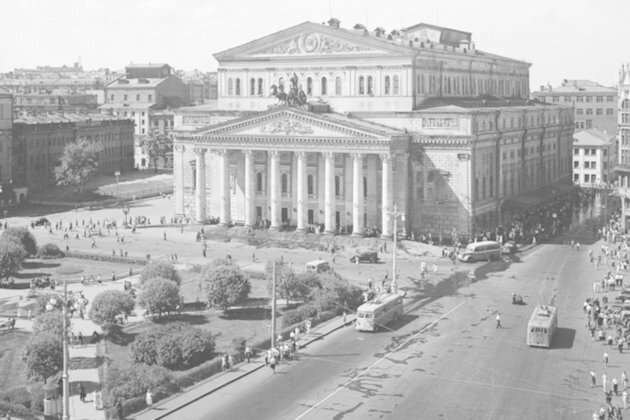
History Sept 26 2020 Russia Beyond
Naum Granovsky/Lumiere Gallery Moscow's most eminent architectural photographer, Naum Granovsky, took pictures of the city over several decades. We present some of his finest shots from the 1920s and 30s.
Naum Granovsky's rich body of work traces how the Russian capital's appearance and architecture changed and developed from the 1920s to the 1980s, from a largely merchant city at the beginning of the century through the Stalinist Empire style all the way to modernism.
View of Sukharev Market and Sukharev Tower. 1920s
Naum Granovsky/Lumiere Gallery
In 1918, when the capital was relocated from Petrograd (St. Petersburg) to Moscow, followed by the Soviet government, the process of rebuilding the city began. Moscow was to become not just the heart of the "Land of the Soviets," but the capital of the world's first socialist state.
The 1920s saw the start of an active redevelopment program, which threw up new palaces, culture centers, and press office buildings. But the photographs of Naum Granovsky during this period depict no construction projects and almost no new architecture. Instead, the viewer glimpses how the city looked under the old regime.
Kalanchevskaya Square. 1929
Naum Granovsky/Lumiere Gallery
"He captures the old, almost bygone Moscow. Viewing these photographs, one gets the impression that Granovsky is setting the standard by which all subsequent images will be compared," says Elizaveta Likhacheva, director of the Schusev State Museum of Architecture.
Cathedral of Christ the Savior, built in honor of victory in the Patriotic War of 1812. 1927
Naum Granovsky/Lumiere Gallery
In the 1920s, Granovsky was a young correspondent for TASS Photo Chronicle. In the early days of his creative career, he experimented with different shooting techniques. His archive contains images in the style of constructivism.
Shukhov Tower. 1929
Naum Granovsky/Lumiere Gallery
In the 1930s, even architecture was political. New buildings, avenues, and squares were required to visually embody the successes of the young Soviet state. As such, Granovsky was now consciously tracing the process of building the new Moscow.
Building of the publishing house Pravda. 1934
Naum Granovsky/Lumiere Gallery
Naum Granovsky's fame as "the chronicler of Moscow" began in 1934 as a photographer for the publishing house Izogiz, which was dedicated, among other tasks, to photographing the architecture of the "growing and flourishing" country.
View of Bolshoi Kamenny Bridge. Late 1930s
Naum Granovsky/Lumiere Gallery
Gradually, toward the end of the 1930s, the hallmarks of Naum Granovsky's urban photography started to crystallize: a strictly calibrated composition with a view of a thoroughfare stretching into the distance and a high horizon line.
View of Moskvoretsky Bridge and the Moscow Kremlin. 1939
Naum Granovsky/Lumiere Gallery
The city turned into a gigantic construction site: Gorky (now Tverskaya) Street was widened, and the buildings of the Hotel Moskva, the Lenin Library, and the House on the Embankment sprang up. On the site of the old Okhotny Ryad, Kitay-Gorod, and Zaryadye districts, there appeared new squares and streets.
Manezhnaya Square. View of the Hotel Moskva. 1930s
Naum Granovsky/Lumiere Gallery
A large-scale subway construction program got underway, culminating in the adoption in 1935 of the General Plan for the Reconstruction of Moscow, which, with some adjustments, remained in force until the early 1970s. The Bolshoi architectural style came to Moscow, later known as Stalinist.
Entrance of Dynamo subway station. 1930s
Naum Granovsky/Lumiere Gallery
"When you look at the blueprints of Soviet architects, you get the strange impression that these magnificent buildings were intended for some other city. They are huge and overwhelming; cars, people, sometimes even planes look like toys against the backdrop of these hulking structures," writes Elizaveta Likhacheva in the monograph Naum Granovsky 1920-1980. In her opinion, this architecture is not for or about the people, but the greatness and power of the state.
Bolshoi Theatre. 1930s
Naum Granovsky/Lumiere Gallery
But Granovsky's photos show not only "totalitarian architecture"; he photographs the city, tracing its development and changing aspect. Time and again, his work revisits the same squares and streets.
VSKhV (VDNKh) Pavilion of the Central Regions of the RSFSR. 1939
Naum Granovsky/Lumiere Gallery
Most importantly, Granovsky takes pictures of Muscovites. And in the words of Elizaveta Likhacheva, an amazing metamorphosis takes place: "What looks overwhelming on the drawing board blends naturally into the city. Granovsky scales down the Bolshoi style to the level of human perception."
The retrospective "Moscow of Naum Granovsky 1920-1980" in honor of the 110th anniversary of the photographer runs at the Lumiere Brothers Center for Photography under the auspices of the Still Art Foundation until Oct. 31, 2020.
 Share
Share
 Tweet
Tweet
 Share
Share
 Flip
Flip
 Email
Email
Watch latest videos
Subscribe and Follow
Get a daily dose of Travel Trade news through our daily email, its complimentary and keeps you fully up to date with world and business news as well.
News RELEASES
Publish news of your business, community or sports group, personnel appointments, major event and more by submitting a news release to Travel Trade.
More InformationBusiness
SectionAI saves $500 million for Microsoft as layoffs reshape strategy
REDMOND, Washington: Artificial intelligence is transforming Microsoft's bottom line. The company saved over US$500 million last year...
FTC’s rule to ease subscription cancellations struck down by court
WASHINGTON, D.C.: A federal rule designed to make it easier for Americans to cancel subscriptions has been blocked by a U.S. appeals...
Musk’s X loses CEO Linda Yaccarino amid AI backlash, ad woes
BASTROP, Texas: In a surprising turn at Elon Musk's X platform, CEO Linda Yaccarino announced she is stepping down, just months after...
Ex-UK PM Sunak takes advisory role at Goldman Sachs
NEW YORK CITY, New York: Former British prime minister Rishi Sunak will return to Goldman Sachs in an advisory role, the Wall Street...
Gold ETF inflows hit 5-year high as tariffs drive safe-haven bets
LONDON, U.K.: Physically backed gold exchange-traded funds recorded their most significant semi-annual inflow since the first half...
PwC: Copper shortages may disrupt 32 percent of chip output by 2035
AMSTERDAM, Netherlands: Some 32 percent of global semiconductor production could face climate change-related copper supply disruptions...
Airlines
SectionTravelers can now keep shoes on at TSA checkpoints
WASHINGTON, D.C.: Travelers at U.S. airports will no longer need to remove their shoes during security screenings, Department of Homeland...
Beijing blamed for covert disinformation on French fighter jet Rafale
PARIS, France: French military and intelligence officials have accused China of orchestrating a covert campaign to damage the reputation...
Summer travel in chaos as French air traffic controllers walk off job
PARIS, France: A strike by French air traffic controllers demanding improved working conditions caused significant disruptions during...
Trump admin allows GE to restart engine sales to China’s COMAC
WASHINGTON, D.C.: The U.S. government has granted GE Aerospace permission to resume jet engine shipments to China's COMAC, a person...
One pilot asked the other about fuel cutoff seconds before crash, says preliminary AI171 crash report
New Delhi [India], July 12 (ANI): A preliminary investigation into the Air India flight AI171 crash has revealed that just seconds...
Indian aviation industry to report net loss of Rs 30 billion in FY26: ICRA
New Delhi [India], July 12 (ANI): India's aviation industry is projected to record a net loss in the range of Rs 20-30 billion in the...

